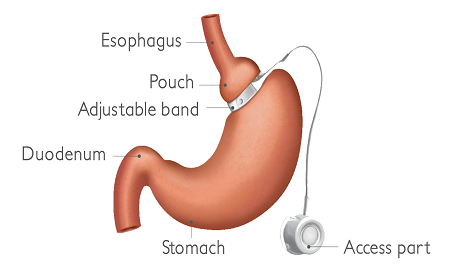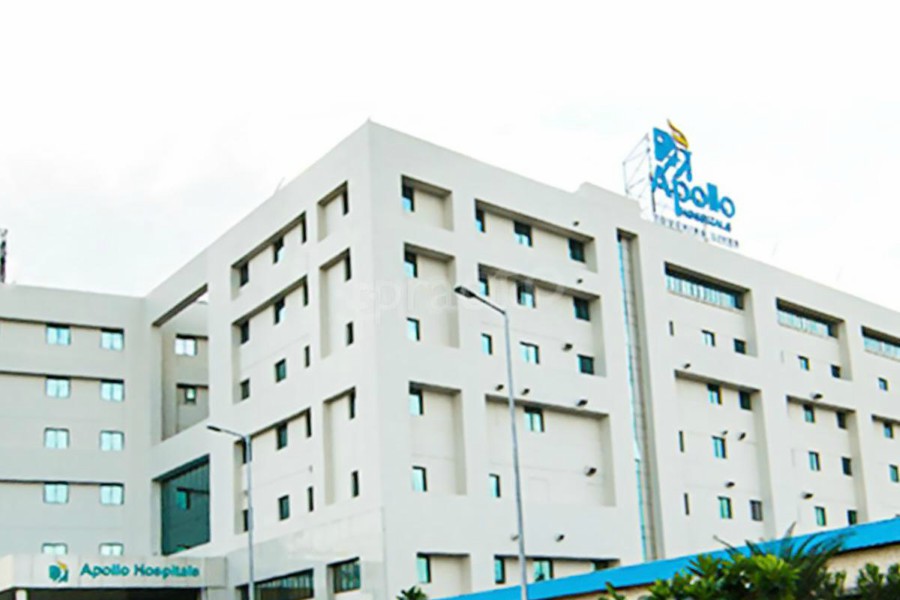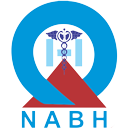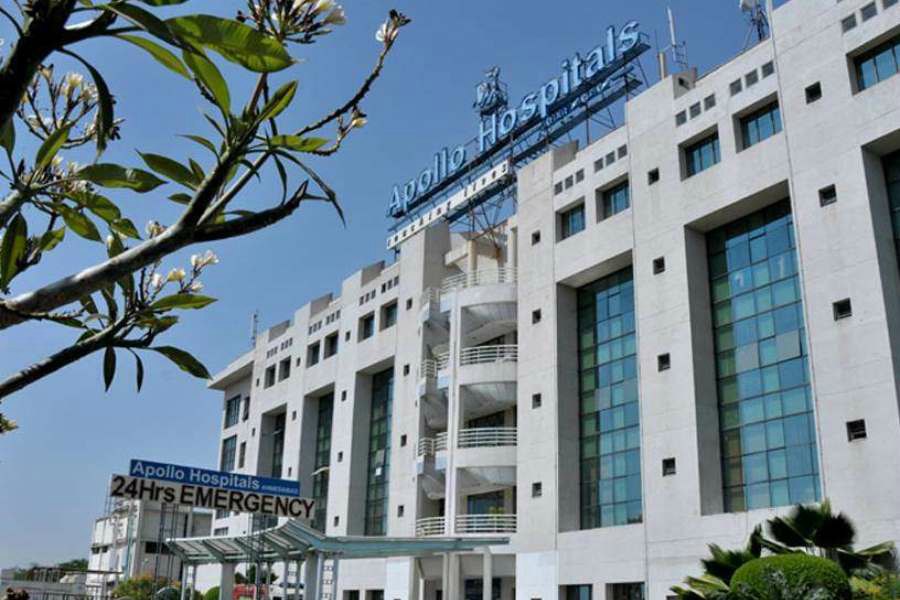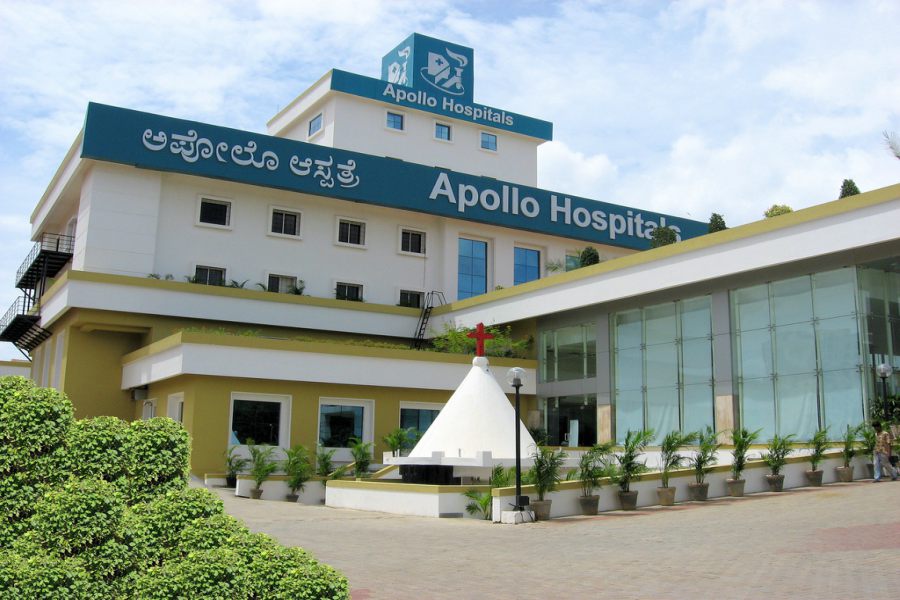ELIGIBILITY
A person who is obese and is unable to lose weight by exercise and diet can undergo for lap gastric banding surgery. It is important that the person should be mentally strong for the surgery.
A person will be a good candidate for this surgery if he/she is:
- Having body mass index (BMI) greater than 40 with or without any associated health problem
- Having BMI ranging between 35-40 with co-morbidities like sleep apnea, high blood pressure, heart disease, or type 2 diabetes
- Having a habit of eating more
PREPARATION BEFORE PROCEDURE
During your first visit, a complete physical examination will be done. Some tests will be performed, including blood tests. If required, imaging tests or upper endoscopy may also be performed. The doctor will obtain information about your medical and medication history.
You will be informed about the procedure, including the lifestyle changes you need to adopt post-surgery. You will be updated about the associated risks of the procedure.
If you smoke, you should stop smoking a few weeks before the surgery, as it may slow down the recovery process. You may be asked to stop consuming medications like warfarin, aspirin, and vitamin E that may increase the time of blood clotting. You will be instructed to stop eating or drinking anything after midnight on the night before the surgery.
ABOUT PROCEDURE
The surgery is performed under general anaesthesia. Once the anaesthesia is effective, several small incisions will be made on the upper abdomen. Then small surgery tools will be inserted into the incisions by a laparoscope. An adjustable gastric band is placed around the upper stomach. The band is then constricted to make a small stomach pouch with an inch-wide outlet. The band contains an inflated balloon to adjust the band. A small port is placed under the skin of the abdomen. The port is connected to the gastric band by a tube. After finishing the procedure, the incisions will be stitched back.
The band can be tightened by filling the balloon with water that is poured through the port with the help of a needle. The band can be loosened by removing the fluid from the balloon.
POST-PROCEDURE CARE
You may have to stay in the hospital for one night. You will be on a liquid diet for the first one to two weeks. Your care team will give you the diet chart for the next few weeks. You will gradually start moving to purred food than a soft diet and finally to your regular diet.
RECOVERY TIPS
The following measures may aid in speedy recovery after lap gastric banding surgery:
- Chew your food properly
- Eat slowly
- Eat small meals
- Do not move to the regular diet too quickly
- Change your eating habits as instructed
- If required take multivitamins and calcium supplements
- Get regular blood tests done
FACTORS AFFECTING COST
In India, the cost of lap gastric surgery is relatively lesser as compared to other countries.
Factors that affect the cost
The cost of the surgery may vary depending on several factors like:
- Patient’s condition
- Type of band
- Type of hospital
- Surgeon experience
- Duration of the hospital stay
- Preoperative care (if required)
- Medications
FAQ
You may return to your routine activities after 1 to 2 days after the surgery.
Lap gastric band surgery is associated with some risks like:
- Gastritis
- Stomach ulcers
- Heartburn
- Displacement of the band
- Injury to the intestine or stomach during the surgery
- Scarring inside the belly
- Poor nutrition
- Vomiting due to overeating
Usually, after 6 weeks of the surgery, you may start eating your regular diet.
Mostly, it takes around 30 to 60 minutes to complete the procedure.
No, the stomach will not be cut or stapled during the lap gastric band surgery.


 Best Hospitals
Best Hospitals
